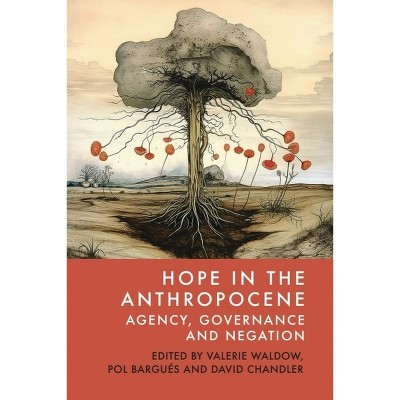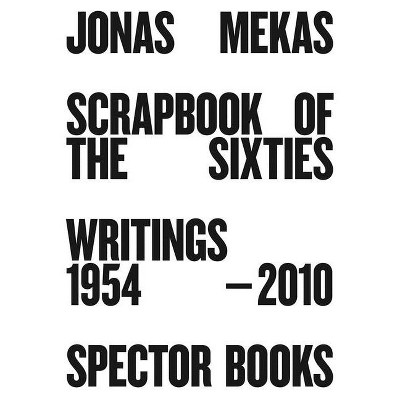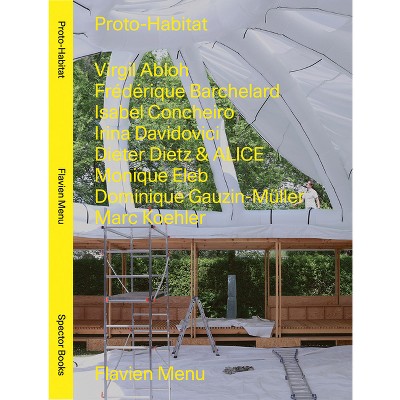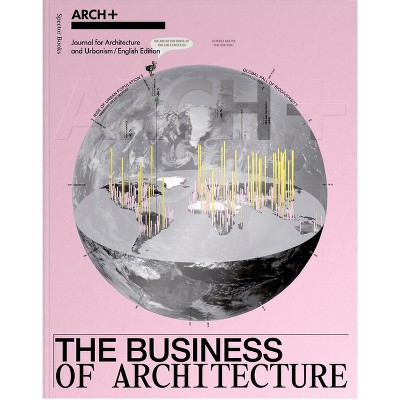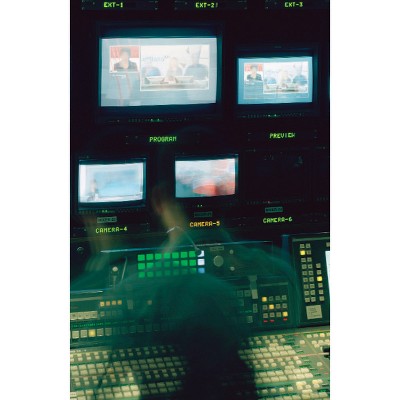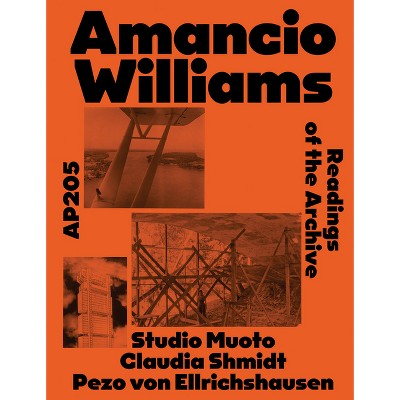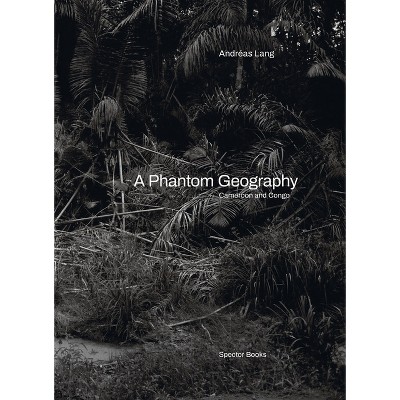Sponsored

Paul Virilio: Bunker Archeology - (Hardcover)
Pre-order
Sponsored
About this item
Highlights
- A visual meditation on warfare and ruins from the legendary French theoristIn the second half of the 1950s, Paul Virilio began photographing abandoned World War II bunkers along France's Atlantic coast.
- Author(s): Paul Virilio
- 212 Pages
- Social Science, Archaeology
Description
Book Synopsis
A visual meditation on warfare and ruins from the legendary French theorist
In the second half of the 1950s, Paul Virilio began photographing abandoned World War II bunkers along France's Atlantic coast. In 1966, he presented his photographs to the public for the first time in the magazine architecture principe, which he coedited. At the time, he was particularly interested in the architectural aspects of these wartime installations. He saw the bunkers as "harbingers of a new architecture," which he sought to capture in the term "cryptic architecture." The first exhibition of Virilio's Bunker Archeology photographs was staged at the Centre Pompidou in 1975, while the museum was still in the process of being established. His seminal book was published in conjunction with this. It laid out all the motifs of his philosophical thinking: military space and communications warfare, camouflage and acceleration, a scrupulous reading of the present coupled with a desire for philosophical speculation. Although it is almost 50 years since the work was first published, and more than 25 years since its last reissuing, Bunker Archeology is still full of connections to the present.
Paul Virilio (1932-2018) was a French cultural theorist and philosopher. His writings, including Speed and Politics (1977), War and Cinema (1989) and The Aesthetics of Disappearance (1991), combined the aesthetic theories of technology, art, architecture, urban planning and the military.
Shipping details
Return details
Frequently bought together

Trending Non-Fiction





